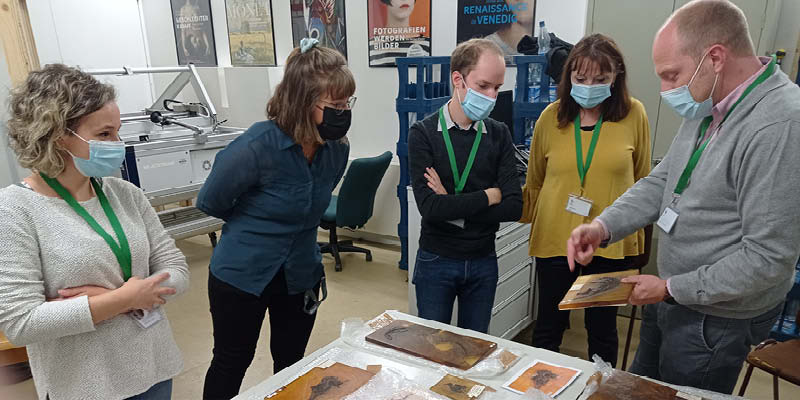In This Section
- Home
- About the College
- Governance
- College Committees & Steering Groups
- College Assembly
- College Council
- College Executive Management Committee
- College Academic Programmes and Curriculum Development Committee
- College Graduate Studies Committee
- College Research & Innovation Committee
- College Teaching Learning and Student Experience Committee
- College Student Recruitment and Outreach Committee
- College Sabbatical Research Leave Committee
- College of SEFS Adjunct Appointments Committee
- International Education Committee
- College Postgraduate Student Committee
- Athena SWAN Steering Group
- College Committees & Steering Groups
- Human Resources
- Annual UCC STEM Awards
- Scholarships and Prizes
- Women in STEM Panel Talks
- Inaugural Professorial Lectures
- Athena SWAN in SEFS
- Proposal Calls
- Contact Us
- Science in Society Public Lecture Series
- Governance
- News
- Staff
- Schools and Departments
- Current Students
- Undergraduate Courses
- Postgraduate Courses
- International Students
- Research and Innovation
- Employability and Careers
- Outreach and Public Engagement
- Science Week
- Transition Year Programmes
Messel fossils under X-rays: a new tool to illuminate the anatomy of fossils in museum and research collections

An international team of scientists from Ireland and Germany has applied for the first time a novel mobile X-ray imaging instrumentation on fossil animals from the Messel Pit, a UNESCO World Heritage Site near Frankfurt, Germany.
The pioneering study opens up a new avenue for studying in detail the elemental chemistry of fossils conserved in both solid and liquid media in research and museum collections worldwide.
The study, published in the Journal of Analytical Atomic Spectrometry, is led by TU Darmstadt Marco Colombo and his supervisor Prof. Wolfgang Ensinger, in collaboration with paleontologists Dr Valentina Rossi, School of Biological, Earth and Environmental Sciences, University College Cork, and Dr Thomas Lehmann, Senckenberg Research Institute and Natural History Museum Frankfurt.
Mr. Colombo explains, “A big challenge to study cultural heritage objects, from historical artifacts to fossils, relates to their unique and often fragile nature. As scientists, we strive to use and/or develop sophisticated non-destructive approaches to study such objects”.
Dr. Lehmann: “Messel is a world-famous fossiliferous site, where animals are exceptionally preserved, including their skin, fur, feathers, eyes and internal organs. These unique 47 million years old fossils need special care before being housed in museum collections: some, especially the larger ones, are transferred from the sediment to a resin plate, and others are kept in water or glycerin”.
The team used a powerful X-ray fluorescence spectrometer that has been acquired in the framework of a collaboration between the Technical University of Darmstadt and the Städel Museum, the Goethe University, as well as the Senckenberg Research Institute in Frankfurt, with the financial support of the Dr. Rolf M. Schwiete Foundation. Such instruments are widely used to scan historical paintings, enabling among other the discovery of preliminary sketches, artistic techniques or even forgeries. “Large and heavy fossils and those conserved in water or glycerin are difficult to study without removing the soft tissues from the specimens (i.e., destructive sampling). The use of large X-ray machines allows us to analyze these fossils safely, by positioning them on a table and scanning their chemical composition”, explains Mr. Colombo.
The team discovered striking chemical signals associated with fur, feathers and internal organs in nearly all of the analysed fossils. This also demonstrates that all conservation methods used on the Messel fossils so far enable the preservation of their chemical composition.
“The association between chemical elements and soft tissues is critical for our understanding of fossil preservation, but also more importantly we can use chemical signals in fossils to reconstruct their biology and ecology” says senior author Dr. Rossi. “The application of cutting-edge technologies to fossil analyses can reveal previously inaccessible information, marking a significant advancement in palaeontology. This approach is crucial for expanding our understanding of ancient life and ecosystems.”
Thanks to the fast advancements in technology, paleontologists and material scientists are working together to expand their toolkit to study our ancient heritage.
For more on this story contact:
The study can be downloaded here:
https://pubs.rsc.org/en/content/articlelanding/2025/ja/d4ja00310a
The article is also showcased as cover of the issue with an image showing a fossil bird from the Messel Pit illuminated by XRF spectrometry coming to life. The cover can be accessed at:
https://pubs.rsc.org/en/content/articlelanding/2025/ja/d5ja90015h
College of Science, Engineering and Food Science
Coláiste na hEolaíochta, na hInnealtóireachta agus na hEolaíochta Bia
Contact us
Block E, Level 3, Food Science Building, UCC, Cork, T12 YN60.
